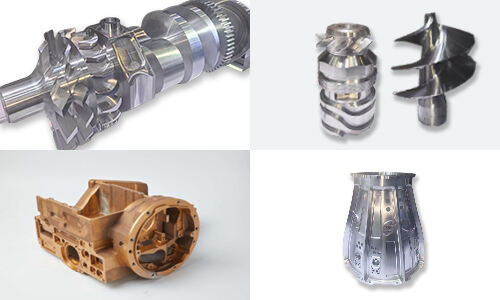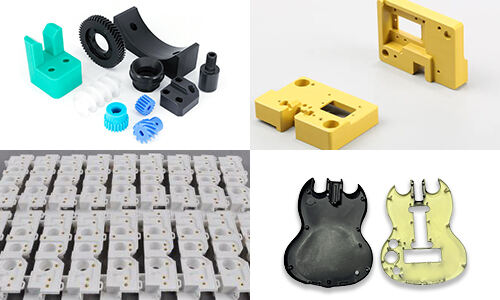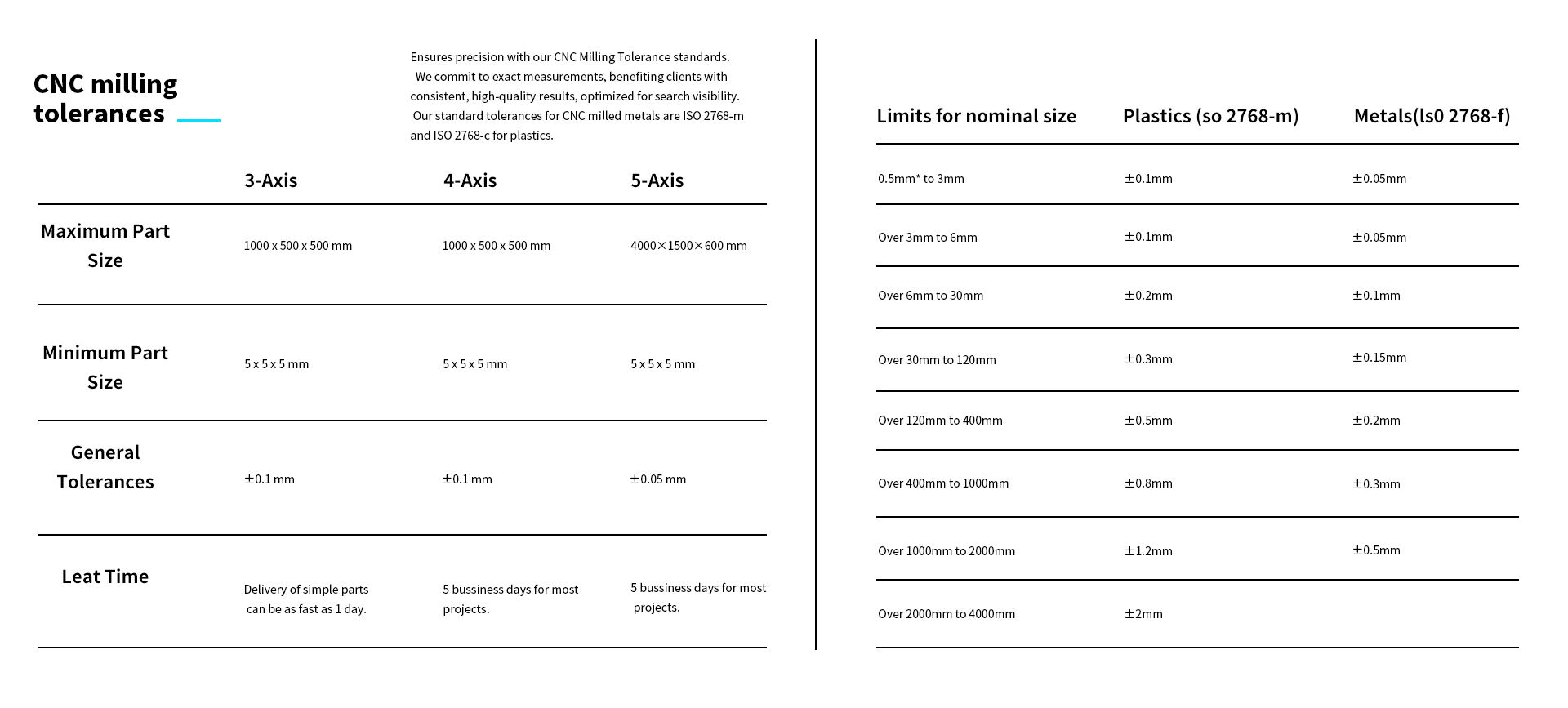CNC frezeleme nedir?
CNC frezeleme, iş parçasından malzeme kaldırarak bitmiş parçalar ve ürünler üretmek için döner kesme takımlarını kullanır. Bu üretim süreci, metaller, polimerler, ahşap ve cam dahil olmak üzere birçok malzeme için uygundur. CNC freze sistemlerinin genelde 3 doğrusal serbestlik derecesi vardır: X, Y ve Z ekseni. Bu durum, üst düzey hassasiyet ve detaylandırma imkanı sunar. Ayrıca daha gelişmiş 5 eksenli sistemler de sunmaktadır; burada takım başı ve tezgah (A ve B ekseni) dönebilir. 5 eksenli CNC makineleri, birden fazla makine kurulumuna ihtiyaç duymadan yüksek geometrik karmaşıklığa sahip parçalar üretebilir.













